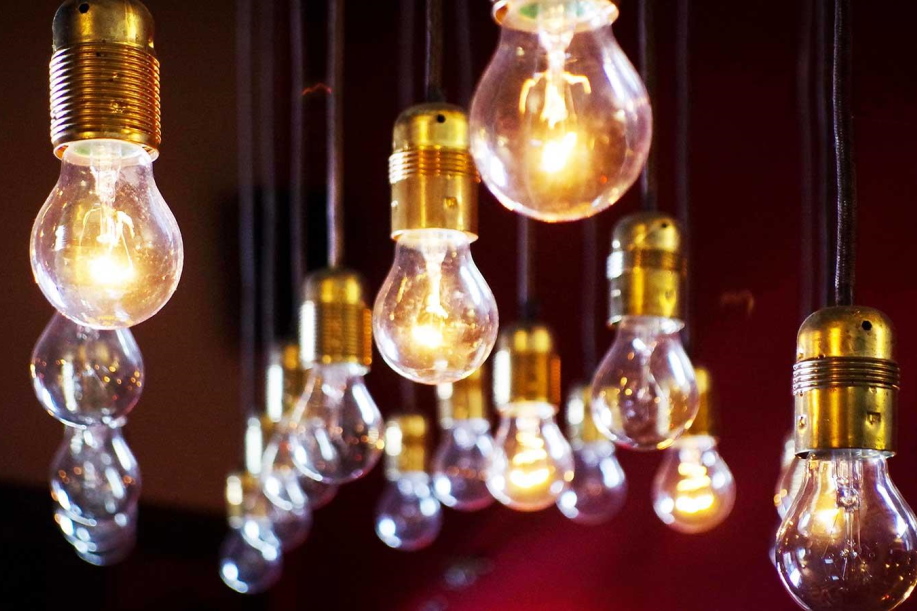One of the things that can make a difference in a house is undoubtedly correct lighting. It is, therefore, crucial to understand how many lux and watts are needed to light each room properly.
 Ph. credits: https://www.lampadarilucedesign.it/
Ph. credits: https://www.lampadarilucedesign.it/
Lux, lumens, and watts
Lux is the reference unit of measurement for lighting. Each lux corresponds to one lumen per square meter. If the lumens of a lamp is a fixed value, the lux vary depending on the eye perception – i.e., if you are more or less close to the light.
Watts, on the other hand, are used at an international level to indicate the power of a given lamp, and they are used to show precisely how fast the electrical energy is dissipated.
Each watt is calculated by multiplying one volt per ampere. Depending on the type of area that is going to be evaluated, different visibility will be needed.
Let’s see which are the coefficients to consider, depending on the type of room we want to light.
A study room, for example, will need excellent visibility, and therefore the lux coefficient must be at least equal to 300. If, on the other hand, the area to be lit requires a softer effect, such as a living room or a room where you want to relax, the lux coefficient must be between 150 and 200. In a kitchen, it is instead preferable to have about 350 lux, while in a bedroom it is advisable to have between 100 and 150 lux.
A specific example is a bathroom. As a matter of fact, in this room, 150 lux will be required only for the mirror itself, since it is an essential element for proper daily grooming. In the bathroom, at least 400 lux must be guaranteed.
For transit areas, such as corridors or stairs, as well as the various closets, between 100 and 150 lux will be enough.
Type of lamps
Each lamp will have a different output so that it will be more suitable for one room than another. Halogen incandescent lamps are, for example, an excellent solution if you want to light a work table or a studying room that requires excellent visibility. There are two types: very low voltage 6-12-24 V and grid energy. Moreover, there is also the energy-saving IRC type that requires a transformer.
Fluorescent lamps, on the other hand, consist of a glass tube coated with a layer of fluorescent powder. They need a reactor to operate. These lamps are perfect for lighting both indoor and outdoor areas, especially when there is a need for continuous use of light.
Neon lamps can be linear or circular (T5 with a diameter of 16 mm or T8 with a diameter of 26 mm). They are usually used in offices or commercial buildings and have a luminous efficiency ranging from 50 to 120 lm/W.
Compact fluorescent lamps, or energy-saving lamps, are much more efficient and long-lasting than incandescent bulbs. They have a lighting efficiency ranging from 50 to 75 lm/W and last about ten thousand hours.
LED lamps are commonly used in the field of electronics for the different warning lights of electronic devices (remote controls, televisions, etc.). With the same light emitted in comparison to incandescent light, they allow an energy saving of 80%.
How to calculate the Lumens needed
After having analyzed all the different characteristics of the lamps, it is necessary to understand how to calculate the lumens that each room requires. There are several variables to consider:
- room dimensions: it will be essential to measure both the length and the width of the area by multiplying the two values to determine the surface to be illuminated;
- analyze the level of lighting the room needs.
All that is left now is to combine the data obtained. Data collection is essential to know how many light points are needed for that particular environment and what type of lamp is preferable, based on the type of lighting and uses that are necessary.
According to existing regulations, for example, a working area needs about 350 lumens per square meter, so if, for example, the area to be lighted is 100 square meters, about 35,000 lumens will be required. The same approach can be adopted for any other private or commercial environment to ensure adequate visibility depending on the space involved and the intended use of the area.
